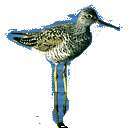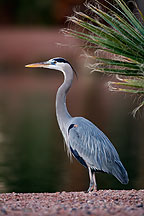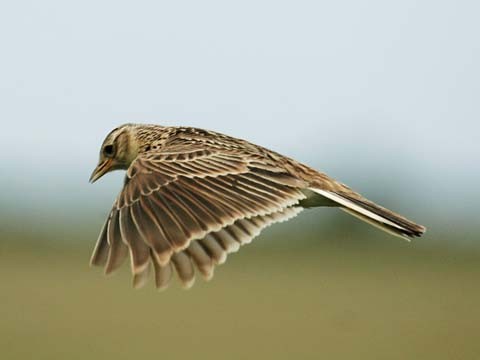 |
 |
 |
Bird conservation practices are increasingly necessary to address the impacts of human activities that have accelerated extinctions and continue to threaten bird populations worldwide. Habitat loss and fragmentation, overexploitation, chemical toxins and pollution, as well as introduced diseases, predators, and competitors are some of the threats that need to be addressed to reverse bird declines and maintain healthy populations.
The main objectives of bird conservation are to; identify population declines that signal underlying degradation of habitats and ecosystems;identify the causes for these declines, and find biological solutions such as habitat preservation which can be used to repair the underlying causes of bird declines.
Birds are an important--and highly visible--part of the ecosystem. Bird watching is one of the fastest growing recreational activities in the United States, generating sizable economic benefits.* An estimated 63 million Americans feed birds at home, and more than 24 million travel to watch birds.. Birds are important ecologically as well as economically. They are vital links in many food webs, and often serve as biological indicators of overall ecosystem health. In addition to these tangible benefits, healthy populations of birds enhance the quality of outdoor recreation--and overall quality of life--for countless Americans. Societies value birds for economic, cultural, ethical and spiritual reasons'
Birds have adapted so well to the demands of and trials set by our planet that Sir David Attenborough believes they may be the most successful creatures on earth, more successful even than insects. But, armed with the beak, one of the most versatile of all nature's feeding implements, birds have colonized the world. It's as if humans had developed a hundred thousand different versions of the knife and fork.
Man makes a damaging impact on the natural environment of birds through farming, forestry and building works. There are many casualties: in Britain ornithologists have noted the decline of many once-common birds like the song thrush and the skylark, because of intensivive farming regimes. The British government now publishes an annual index containing certain key bird species; it has accepted the tenet that a fall in bird numbers damages the citizen's "quality of life." |
 |
But other species birds will return to old habitats, often with man's help. One remarkable example is the red kite, a bird wiped out by Victorian hunters in England, and now thriving in a heavily populated area just 20 miles north of London where several pairs were reintroduced in the early 1990s. They fend for themselves, feeding on a ready supply of small mammals killed on the road.
And the shape of birds to come? That can only be guessed at, as birds continue to adapt to habitats and changing conditions. One thing is certain. Such a versatile creature will always be with us, and with our distant descendants.
And the shape of birds to come? That can only be guessed at, as birds continue to adapt to habitats and changing conditions. One thing is certain. Such a versatile creature will always be with us, and with our distant descendants.
Studying birds tells us about the habitats on which we all depend. The dramatic decline in Eurasian Skylark numbers in western Europe is indicative of the relentless intensification of agricultural practices and the non-sustainability of the European Union's Common Agricultural Policy.
Common Whitethroat numbers in Europe fell sharply in the late 1960s. The cause was traced to the desertification of their wintering grounds in sub-Saharan Africa, a problem exacerbated as a result of overgrazing by livestock.
In general, places that are rich in bird species are also rich for other forms of biodiversity. Birds can be used as good indicators of these important areas.
Birds have adapted so well to the demands of and trials set by our planet that Sir David Attenborough believes they may be the most successful creatures on earth, more successful even than insects. But, armed with the beak, one of the most versatile of all nature's feeding implements, birds have colonized the world. It's as if humans had developed a hundred thousand different versions of the knife and fork.